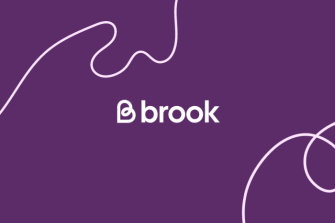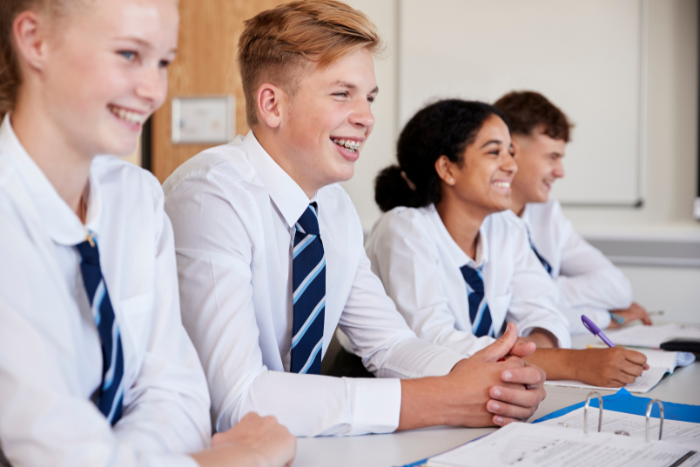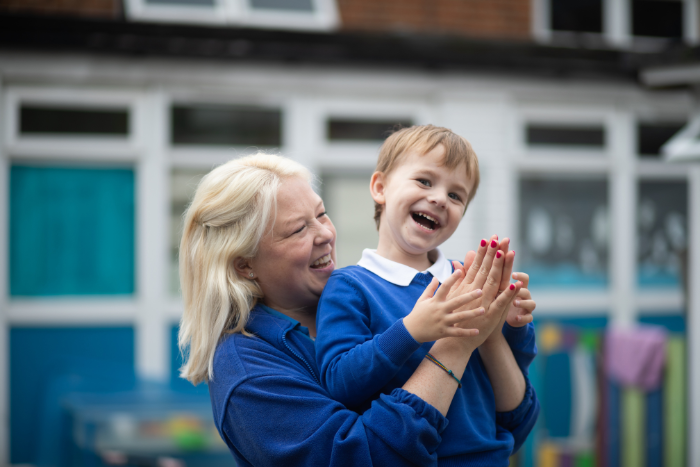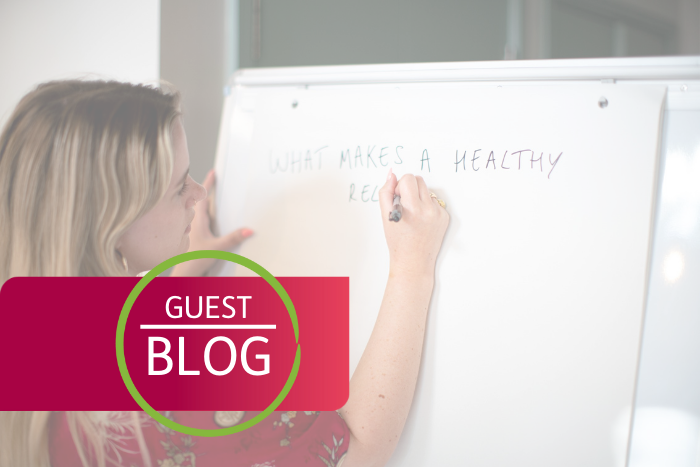
Guest Blog: DfE Guidance on Relationships and Sex Education
Estimated reading time: 3 minutes, 30 seconds.
The current DfE Guidance on Relationships and Sex Education recognises that ‘some pupils are more vulnerable to exploitation, bullying and other issues due to the nature of their SEND’. This makes it especially important to provide clear examples of healthy (and less healthy) behaviours in relationships to allow all children and young people to recognise when they might need support with their relationships.
What does that mean in practice? How can teachers help young people to recognise unhealthy behaviours in RSE lessons? Here are five ways to get started.
Dr Helen Dring Turner, Interim Designated Neurodivergence Lead, recently completed a PhD on how RSE can improve representation and inclusion for LGBT+ neurodivergent young people. Here, Dr. Helen shares DfE Guidance on Relationships and Sex Education and recognizes that ‘some pupils are more vulnerable to exploitation, bullying and other issues due to the nature of their SEND’.

Explain how healthy relationships should feel.
There are some common feelings that people in a healthy relationship should feel. Knowing these can help young people to understand if their relationship is healthy for them. A healthy relationship should feel respectful. No one should feel forced to behave, look or act a certain way. No one should feel pressured to have any kind of physical or sexual activity. You should be able to talk about things that are upsetting you and feel listened to.
We all have a choice about whether to be in a relationship or not. If we are in a relationship, we should feel happy with that relationship most of the time. Sometimes in the media we see ‘rocky’ or volatile relationships shown as normal. A healthy, happy relationship should feel mostly calm and safe.
It’s also important to recognise that healthy might look different for everyone.
Everyone values different things in a relationship. Some partners love sharing a hobby and spending a lot of time together. Some partners like to see each other less often but still have a healthy relationship. There are lots of stereotypes about what relationships should look like, but what is important is that everyone in the relationship feels happy and safe.
It’s also important to recognise that healthy might look different for everyone.
Everyone values different things in a relationship. Some partners love sharing a hobby and spending a lot of time together. Some partners like to see each other less often but still have a healthy relationship. There are lots of stereotypes about what relationships should look like, but what is important is that everyone in the relationship feels happy and safe.
Show lots of examples.
Because people (and their relationships) are all different, we need to show lots of examples of what healthy and unhealthy can look like. An effective way of showing this can be teaching with scenarios. Showing behaviours like one partner checking another’s phone secretly, or one partner not approving of the other spending time with their friends can help young people to recognise why these might not be healthy.
You might want to use a scenario throughout a whole lesson: you can introduce the character in the beginning and explain who they are, then follow them as they experience meeting a partner, spending more time with them, and understanding if their relationship is healthy. You can show healthy behaviours like listening, taking care of someone, respecting if they say no and negotiating compromise. Or you can show less healthy behaviours such as spending so much time together that their school or family life changes, becoming suspicious of each other or not listening to each other well.
It’s also important to show examples of this in sexual relationships. Sometimes pressure doesn’t sound forceful. Phrases like ‘I just can’t wait to have sex because you’re so hot’ or ‘I just can’t wait because I love you so much’ are still a form of pressure. Hearing ‘no’ can be difficult for everyone, but a respectful partner won’t try to change your answer or manipulate you into saying yes.
Give several specific examples of unhealthy or problematic behaviour.
A key theme in relationships that are unhealthy is inequality. This might look like one partner buying the other something and then saying that they ‘owe’ them, or one partner doing something nice for the other but then wanting more physical affection in return. These behaviours can be a sign of an unhealthy relationship, but can also become signs of exploitation in a relationship. Feeling like you owe someone something or must do something ‘in return’ for something nice is never healthy, and we want young people to recognise these kinds of behaviours.
You may choose to use social stories that show situations such as one partner waiting for another outside of all their lessons and walking them to class. This could be considered a respectful, nice behaviour, but it could also be seen as someone not allowing the other person to be independent. You can develop this scenario by showing a situation where one person asks the other not to walk them to class all the time, and the other person becomes angry. Adding additional layers of nuance to the situation can help young people to practice recognising when a behaviour might become less healthy.
Show the complexity of unhealthy relationships.
Our overarching message to young people may be to seek support or to leave an unhealthy relationship, but we also need to recognise that this can be difficult. People who have been in abusive relationships will often say that they didn’t notice that the behaviour was unhealthy at first, and if young people find themselves in a situation where they need support, this is nothing to be ashamed of. Remind young people regularly that there are always places that they can go for support, even if they feel that a behaviour is small or very advanced.
Give young people the tools to support each other.
We hope that young people will always seek the support of an adult when they have trouble in a relationship. It’s very likely, though, that the first place they will go is to their friends. Make sure that you regularly share sources of support when teaching about relationships so that young people can direct each other to them when needed. This can be a particular pastoral member of staff at your school, a local support service or a national service such as Brook or NSPCC.
Recognising that a relationship is not having a positive influence on our lives is difficult for everyone. Autistic young people may have additional social or communication barriers to assessing how they feel in relationships and in seeking support. By using some of the tips in this blog, we can encourage young people to reflect on their relationships and to consider when they may need to ask for extra support from a friend, parent, carer or other trusted adult. If you are worried about a young person you work with, you may find it helpful to use Brook’s Spotting the Signs tool.


